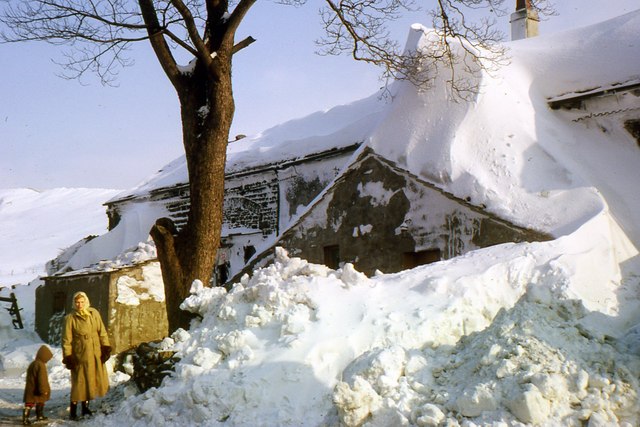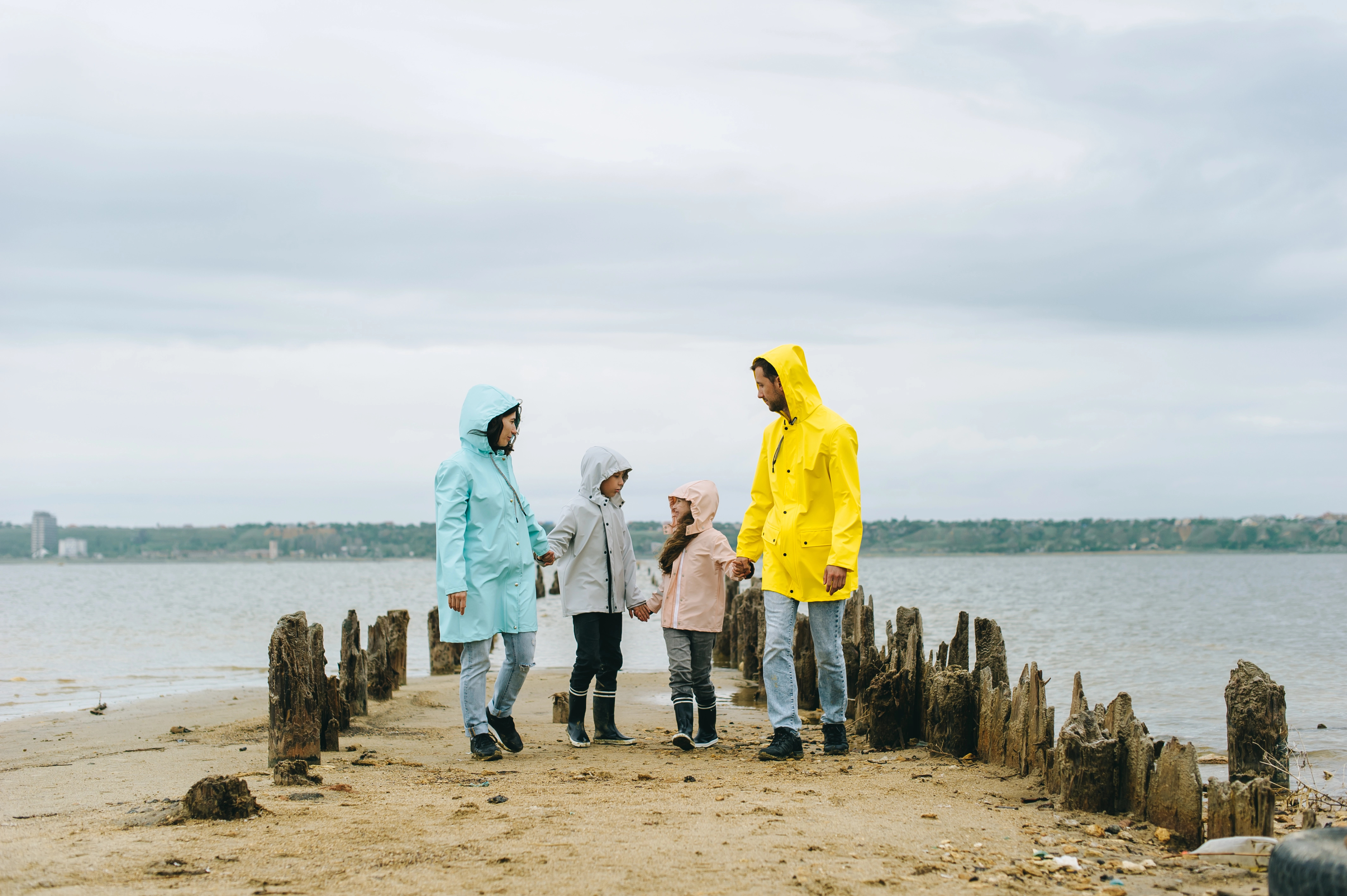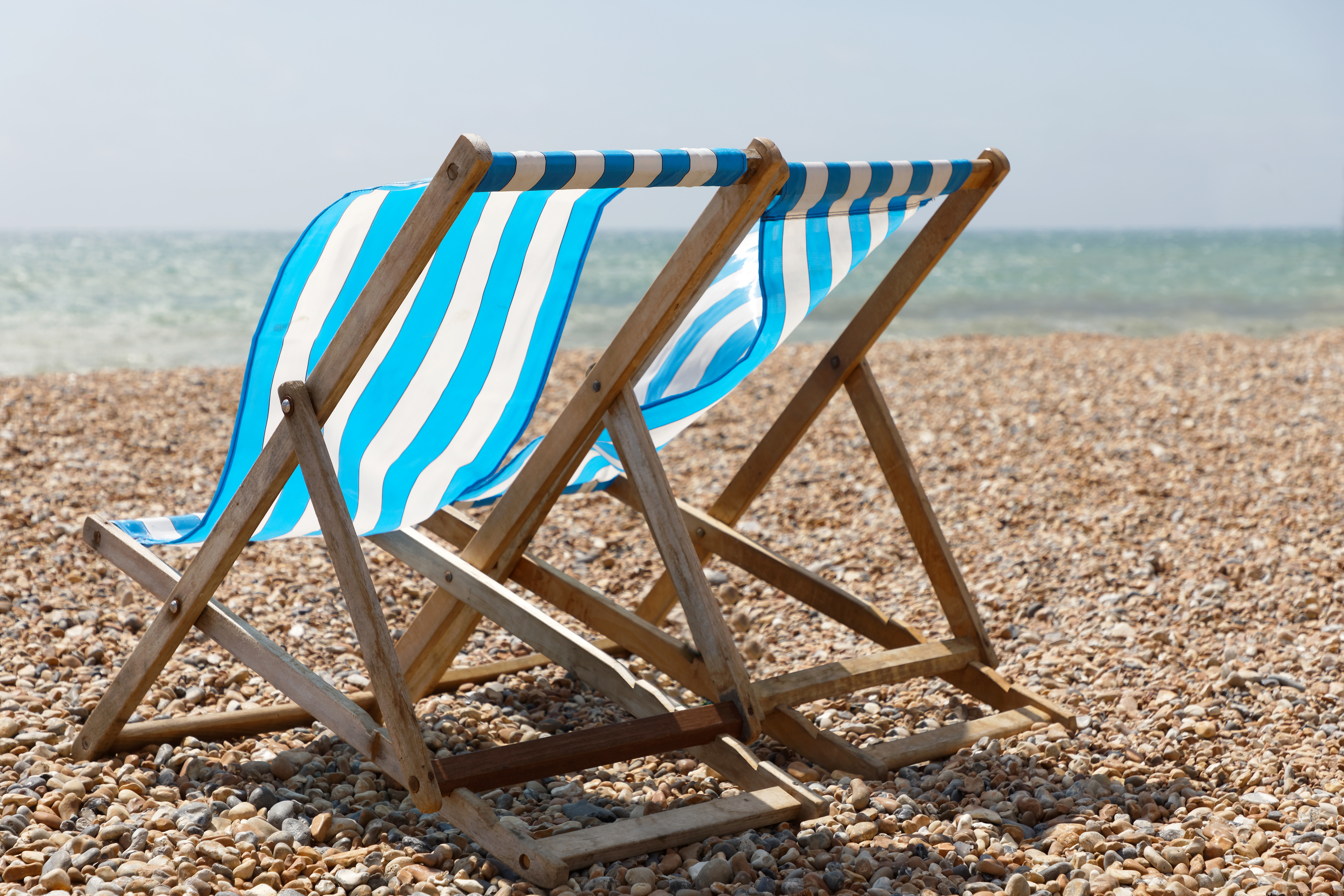

The Big Freeze of 1963: One of the coldest winters on record
We look back at The Big Freeze of 1963 - one of the coldest winters on record in the UK. When we look at the Central England Temperature records, which extend back to 1659, only the winters of 1683–84 and 1739-40 have been colder.
The most severe conditions were across England and Wales, and although winter hit hard in Scotland, it didn't rank as one of its worst on record.
The temperatures plummeted for weeks on end, causing rivers, lakes and even the sea to freeze over. The first few weeks of December 1962 had been changeable and stormy, but then on 22nd December, there was an abrupt change in the weather as high pressure moved to the northeast of the UK, dragging bitterly cold winds across the country. Unfortunately, once this weather pattern had set in, it did not change much for the rest of the winter.
On 24th December, a weather front moved south across the UK, turning to snow as it did so. As a result, Glasgow had its first white Christmas since 1938, and the snow reached southern England on Boxing Day, with some places seeing up to 30 cm.
A blizzard on 29th and 30th December hit Wales and the southwest of England, causing snowdrifts up to 6 m deep. Widespread disruption followed as many roads and railways were blocked, telephone lines were brought down, and some villages were left cut off for several days. The snow was so deep farmers couldn't get to their livestock, and many animals starved to death. On Dartmoor, 6,000 animals went without food for four days until helicopters could drop supplies.
This snow set the scene for the next two months, as much of England remained covered every day until early March 1963. Blizzards, snowdrifts and blocks of ice were commonplace, and temperatures dropped below -20°C, colder than the winter of 1947 and the coldest since 1740. In Braemar, Scotland, the temperature plummeted to -22.2°C on 18th January.
The thaw didn't truly begin until the beginning of March when mild, southwesterly winds led to an increase in the temperature. By 6th March, there were no frosts anywhere in the UK, and the temperature in London reached 17°C. The snow quickly melted, and with the thaw came flooding.
Image: Richard Johnson




